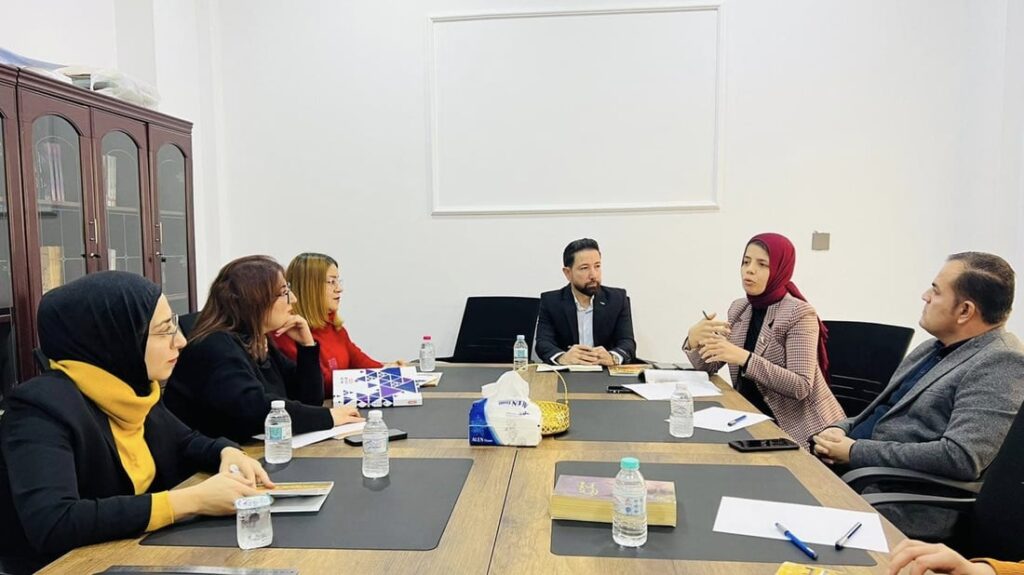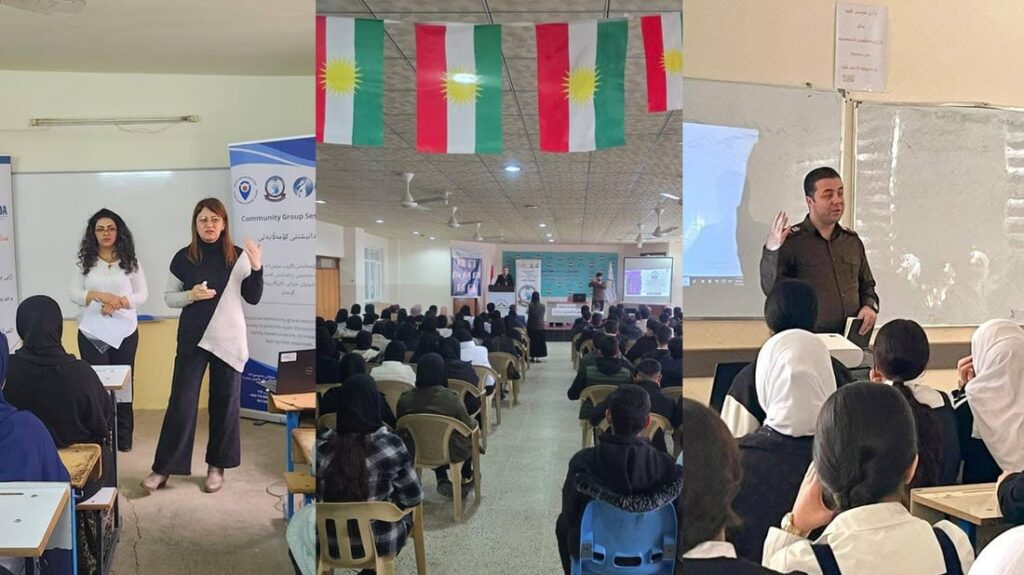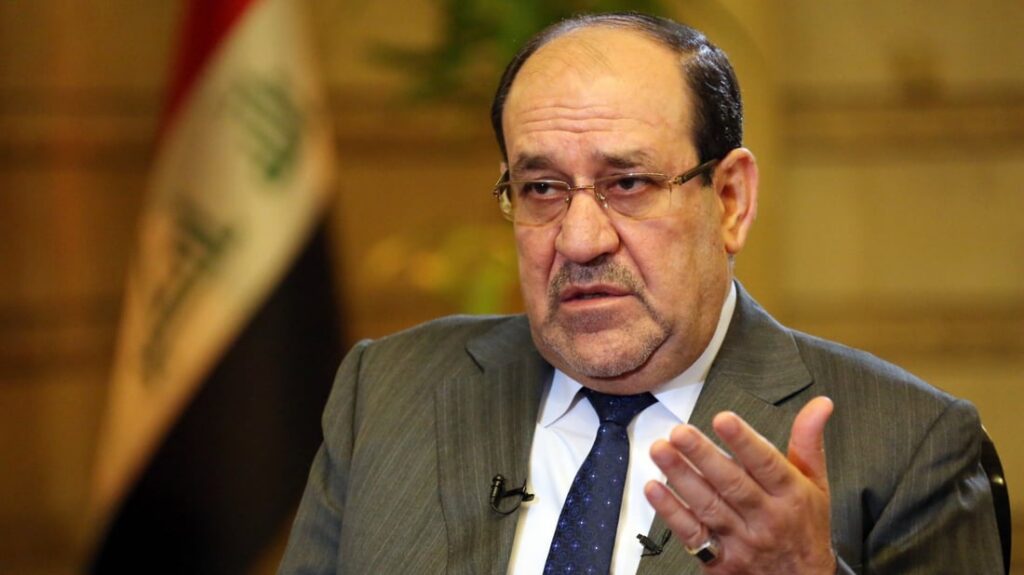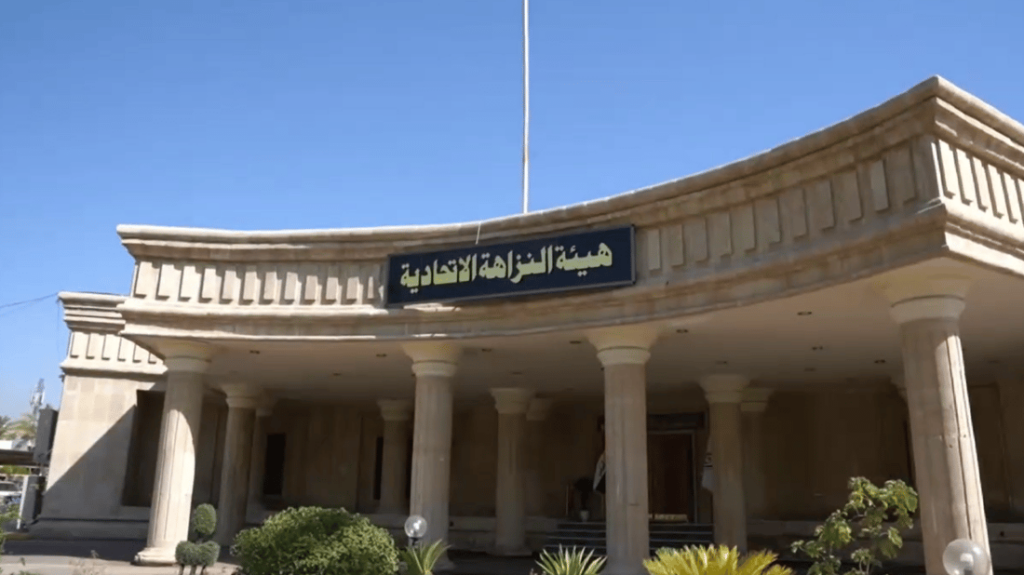Iraq: Iraq: Humanitarian Bulletin, September 2019
Highlights
• Humanitarian access constraints are preventing or delaying urgent assistance
• 27% of Ninewa’s IDP camp population left in Aug/Sept
• OCHA hosts UN internal auditors
• Two humanitarian planning workshops held in September
Figures
# people in need: 6.7m
# people targeted for assistance: 1.75m
# of internally displaced persons (IDPs) in camps targeted for assistance: 0.5m
# of IDPs outside camps targeted for assistance: 0.55m
# of IDP returnees targeted for assistance: 0.5m
# of highly vulnerable people in host communities targeted for assistance: 0.2m
Funding
701.1 million requested (US$)
52 percent funded (as of 2 October 2019)
Humanitarian Access Constraints
Per the findings of an Access Severity Overview conducted by OCHA finalized in September 2019, many Iraqis targeted for humanitarian assistance are in locations that are difficult to reach due to a deteriorating and unpredictable access environment. This has adversely affected more than 336,000 vulnerable Iraqis whose urgent needs have not been met in 2019 due to the interruption of services or delays in delivery of assistance.
In August 2019, humanitarian partners reported 47 access incidents in 17 districts. More than 57 per cent of incidents occurred in Ninewa, with approximately 84 per cent of reported incidents taking place in the Governorates of Al-Anbar, Diyala, Kirkuk, and Ninewa. Movement restrictions through checkpoints, harassment, intimidation, and in some cases, extortion continue to delay or block humanitarian staff and aid deliveries.
The multiplicity of state security forces and other armed actors, each with their own command structures and varying geographical presence, continues to impact humanitarian operations. In some places, humanitarian organizations are required to obtain localized and separate access letters or authorizations to meet district-level needs, beyond those required by the national government and agreed upon with partners. As of July 2019, seven additional authorizations are required to access Al-Hamdaniya District in Ninewa, with two thirds of Diyala districts requiring more than five separate authorizations. In Al-Anbar Governorate, an average of four authorizations is required across all districts. Access is relatively straightforward in Baghdad, Duhok and Erbil governorates.
Camp Consolidation and Closures
Over the six-week period from 15 August to 29 September, as consolidation and closure of IDP camps accelerated due to concerted action by authorities in Ninewa governorate (and to a lesser extent Al-Anbar and Salah alDin), 11,733 IDP households departed IDP camps for non-camp settings, the vast majority departing from Ninewa camps. This represents 27 per cent of the entire Ninewa camp-based IDP population, at a rate of about 261 households per day, far exceeding previous years’ rate of return.
IOM’s Displacement Tracking Matrix (IOM-DTM) which has been tracking the departures, reports that many of these people who stated that they intended to return to locations including Sinjar and Telafar failed to arrive. IOM-DTM reports that between 30,000 to 35,000 individuals, around 6,000 households, are unaccounted for after departing the camps and failing to successfully arrive in their areas of origin or known intended destinations. It is assumed that many have moved to urban centres, particularly Al-Mosul, where the cost of rent has increased.





